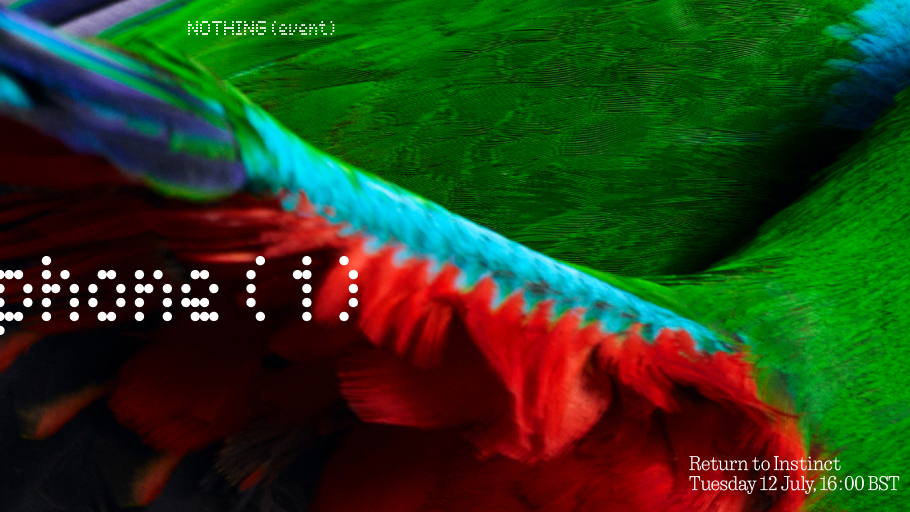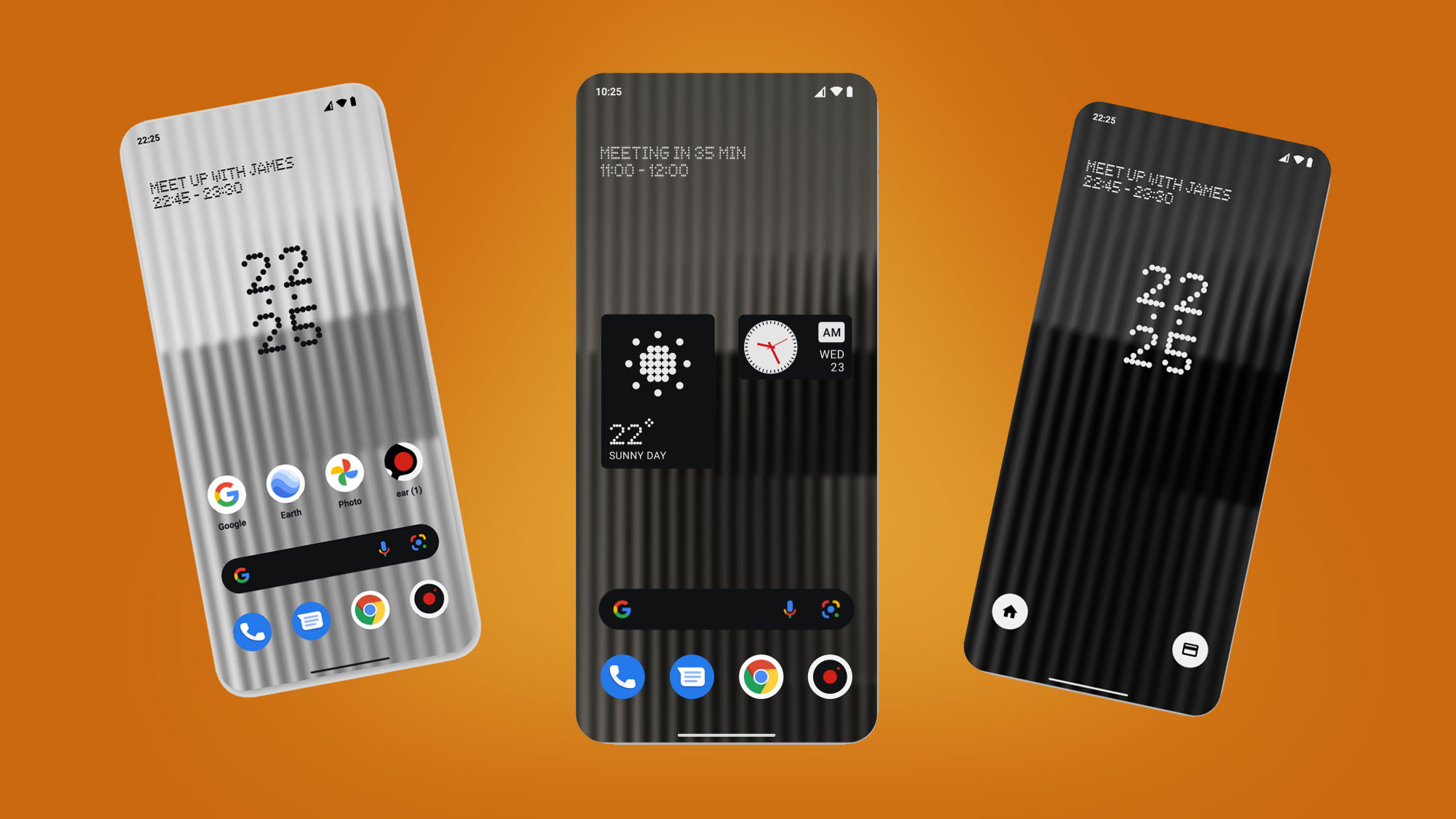Nothing Phone 1: why people are willing to pay thousands for an unknown smartphone

Startup brand Nothing is set to release its first ever smartphone – the Nothing Phone (1) – in July, and yet this week, fans have shown that they’re willing to pay thousands more than its expected price tag, after 100 devices were put up for auction ahead of launch.
But why, in a time of rising living costs and a battered economy, are people so willing to overpay for what is expected to be basically a capable mid-range smartphone, the full specifications and features of which the company hasn’t fully released?
One word: hype.
Carl Pei, co-founder and CEO of Nothing has proven to be a master of generating hype for the products that he’s been involved in, making some of the best phones in the world over the years.
Rising to prominence at Chinese consumer tech giant Oppo before striking out on his own to build sub-brand OnePlus from the ground up (with funding from Oppo’s parent brand, BBK Electronics); Pei has shown that he knows how to cultivate a close-knit and passionate community for the brands he represents and the products those brands make.

The first few phones especially were driven by word of mouth and community interaction - these were flagship smartphones with mid-range prices, and they performed. The OnePlus One was a startling surprise at TechRadar when we unboxed it, and subsequent models like the OnePlus 3 showed this brand knew how to evolve a smartphone over time.
The parallels between the launch of the OnePlus One and Nothing Phone (1) are impossible to miss; with both initially being made available to fans via an invite-only release model; driving desirability by creating a sense of exclusivity.
Sign up for breaking news, reviews, opinion, top tech deals, and more.
The difference with the Phone (1)’s debut is that Pei has doubled-down on this idea of framing the phone’s release as ‘exclusive’; folding in the auction model that Nothing previously used for its debut product, the Ear (1) true wireless Bluetooth earbuds, as well.
Pei’s Nothing brand has been hard at work hitting the ‘make maximum hype’ playbook - leaks mysteriously appear online (although there’s no confirmation these came from within the company, the leaks certainly weren’t harmful), seeding an early prototype to ultra-influencer Marques Brownlee to show off the new charging lights (with over five million views and counting), and Pei himself sharing little morsels before the launch on Twitter.
StockX (the auction site that Nothing also used for its first product launch) was the stage on which the company served up 100 engraved and serialized units of the unreleased Phone (1), letting eager fans bid on the small pool of devices from June 21.
Despite pre-release Geekbench scores revealing that the Phone (1) won’t be that powerful, only coming powered by a mid-range Snapdragon 778G+ chipset (rather than Qualcomm’s newer 7 Gen 1 chipset or some form of flagship-class silicon), that hasn’t slowed the hype train.
Those already convinced by the story Pei and Nothing have woven for the Phone (1) thus far have shown their support by bidding upwards of $3,000 / £2,500 / AU$4,300 on the auction site – well beyond even the market’s most expensive foldable phones.
While this may seem like a disproportionate amount of money to spend on any smartphone – let alone spending this much on what is expected to be a capable mid-ranger from a brand that currently resides in complete obscurity to most smartphone owners – the willingness of some to spend such sums perfectly illustrates the power of Pei’s particular brand of attention-grabbing and excitement-generating hype.
You only need to jump onto social media or step into the Nothing’s official Discord server to watch fans excitedly dissect every new morsel of information and media that the company dishes out regarding the Phone (1).

Beyond serving as a useful tool for raising brand awareness and locking in potential buyers early, Pei’s desire to build up such pressure behind the phone’s July 12 debut appears to be fueled by his own despondency with the state of the smartphone market right now; something that – when speaking to Engadget in a recent interview – he said is a sentiment he shares with many consumers.
“When I talk to consumers, they are also quite indifferent,” Pei said. “When doing focus groups, some consumers said they believe smartphone brands are holding features back intentionally just so they have something to launch for the next iteration, which is not the truth. But if consumers feel that way, it's a sign that they're kind of bored.”
It’s already well-documented that Pei not only wants the Phone (1) to inject some fun back into the market but that it’s also intended to serve as the hub for a potential ecosystem of Nothing and Nothing-compatible products.
However, you can’t build an ecosystem without a solid core, which in this case hinges on Phone (1) being a success (at least by the company’s own measure), so for a small brand with an unknown name, cranking up the hype and excitement behind it is one of the only things it can do.
But it needs to follow that up with a great phone and launches that live up to said hype - the one earlier this year was short and a little bit of a damp squib, so now we wait… will the Nothing Phone (1) offer something new and different, or has the brand just shown how little room there is left to make new, amazing smartphones?

Alex joined as TechRadar's Senior Phones Editor in June 2022, but brings over a decade's worth of experience to the role, with an expertise in smartphones, tablets and wearables. He's covered keynotes hosted by the biggest brands and attended the launches for some of the most influential mobile products of the last few years. His experience was amassed at some of the most reputable consumer technology publications out there, including GSMArena, TechAdvisor and Trusted Reviews.
- Gareth BeavisFormerly Global Editor in Chief